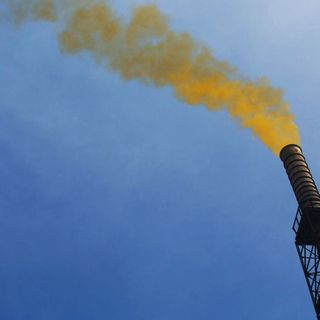A study of human activity in conservation spaces in more than 150 countries revealed that human beings are still encroaching upon environmentally sensitive areas that have been cordoned off to protect biodiversity. According to the research — the largest of its kind — published in the Proceedings of The National Academy of Sciences(PNAS) journal, protecting areas that need conservation has not reduced the pressure exerted on it by human beings.
Protected areas are necessary, as they aid the conservation of diverse species of flora and fauna and maintain vegetation levels — which boost the absorption of carbon dioxide, a greenhouse gas causing global warming. However, preventing human settlement and agriculture, plus investment, is the only way to keep these regions protected. This, according to researchers, isn’t happening.
“Rapidly establishing new protected areas to meet global targets without providing sufficient investment and resourcing on the ground is unlikely to halt the unfolding extinction crisis,” lead author Jonas Geldmann, PhD, from the University of Cambridge Conservation Research Institute, said in a statement.
Related on The Swaddle:
One Million Species Face Extinction Because of Humans: UN Report
Scientists used satellite evidence of lights visible at night and agriculture, as well as census and crop yield data, to assess the level of human encroachment in around 12,000 protected areas over 15 years. The majority of the protected areas had suffered increases in human encroachment. While the Northern Hemisphere and Australia had slowed human encroachment, South America, Sub-Saharan Africa, and Southeast Asia still saw significantly higher damaging human activity. Coincidentally, the latter regions are also home to the world’s richest biodiversity.
Researchers also found that nations with fewer roads and a low rank on the Human Development Index were more likely to suffer human encroachment in protected areas. In African mangrove forests, pressure from agriculture in protected areas had increased by around 13% more as compared to surrounding, unprotected areas. Remote grassland habitats of South East Asia saw an 8% increase in agriculture practices carried out in protected regions. Forested areas in South America saw a 10% increase in agricultural encroachment in protected regions.
“Our study shows that agriculture is the driving force behind threats to protected areas, particularity in the tropics. … Our data does not reveal the causes, but we suspect factors that play a major role include rapid population growth, lack of funding, and higher levels of corruption. Additionally, most unprotected land suitable for agriculture is already farmed.” Geldmann said. “Important ambitions to protect 17% of land by the end of this decade, expected to increase to 30% at a pivotal meeting next year in China, will not mean much if not accompanied by enough resources to ensure the preservation of precious habitats.”
However, the designation of protected areas is also known to undermine and displace local indigenous communities — a fact researchers agree upon. Research has also proved what is and should be the balanced solution — that indigenous communities who manage habitat reserves they hail from will help greatly mitigate biodiversity loss.




